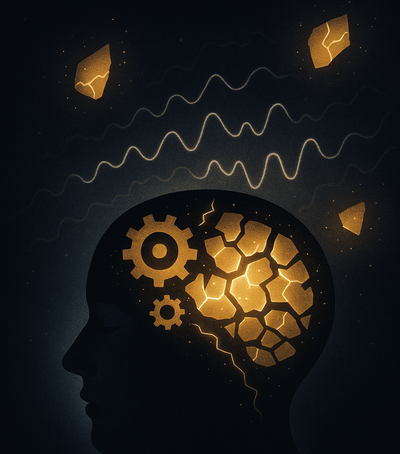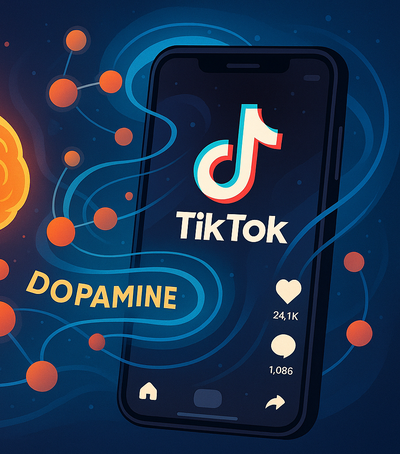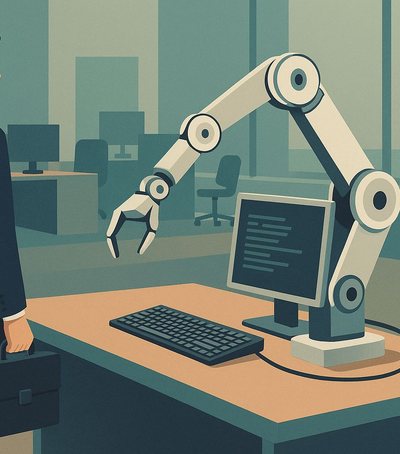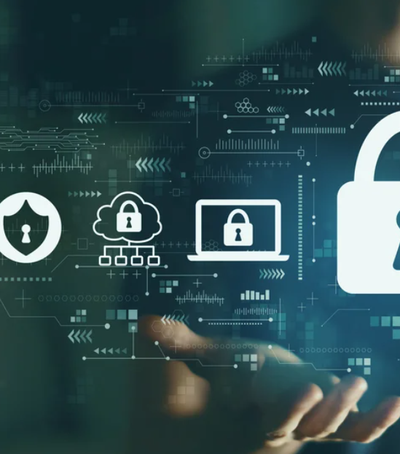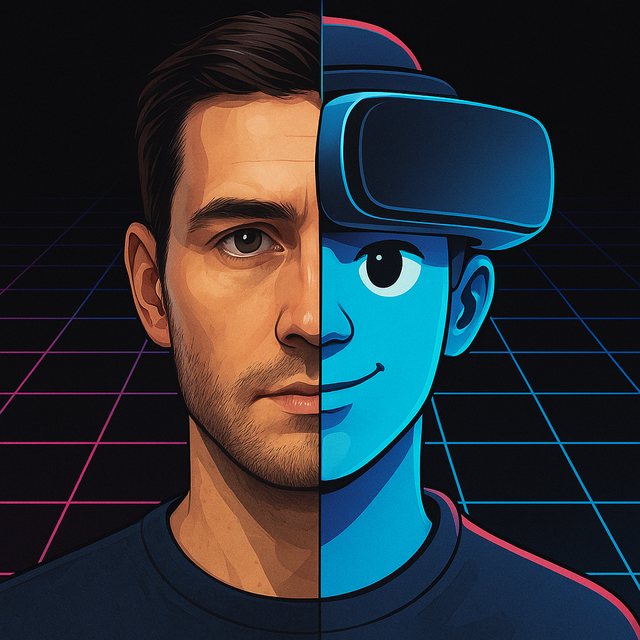
With the spread of virtual reality platforms and worlds built in the metaverse, every day we create perfect versions of ourselves – avatars that seem more attractive, more successful, more “complete” than our real selves.
But while these digital identities give us opportunities for boundless exploration and creativity, the question arises: are we losing touch with the authentic self within? This article examines how the psychology of avatars works and how they affect our self-esteem and the relationships we develop online.
1. The evolution of avatars
In the early days of the internet, avatars were simply iconic figures from forums or 8-bit games. With the increase in graphics power and technological possibilities, today we can build characters with complex details: from eye shape and skin tone, to movements and facial expressions. Platforms like VRChat, Horizon Worlds or Decentraland offer advanced tools for customization, allowing us to intervene in every aesthetic and behavioral element of the avatar.
This evolution has taken us from a simple two-dimensional representation to an immersive three-dimensional experience where avatars come to life and interact in real time. However, as we create the most idealized versions of ourselves, we often avoid the most fragile parts – which, in reality, make us unique.
2. The psychology of avatar identities
Avatars act as a psycho-emotional metaphor: they encapsulate the aspects of personality that we want to emphasize and hide the weaknesses that frighten us. According to studies in computational psychology, when a person strongly identifies with an avatar, a “self-image projection” effect occurs, which temporarily improves self-esteem and self-confidence.
However, this feeling of empowerment can be fleeting. When we return to the real world, comparing ourselves to the ideal avatar can leave us with feelings of imperfection, creating an emotional void. Studies confirm that users who spend a lot of time caring about the appearance and abilities of their avatars report higher levels of anxiety and self-criticism in everyday life.
3. The Metaverse as a Scene of Self-Transformation
The metaverse offers a variety of environments: virtual cities, art studios, digital gyms, and concert halls. There, our role can be created from scratch – from social status to lifestyle. This freedom is fascinating: you can be the CEO of an imaginary company, a champion athlete, or a perfectionist artist.
But when our virtual identity overlaps with our real one, the risk of psychological dissonance arises. The self-image created in the metaverse can create unattainable expectations: the desire to conform to the avatar's achievements in reality, with stressful and disappointing consequences.
4. Consequences on self-esteem and relationships
When we compare our lives to the idealized version of the avatar, our self-esteem fluctuates: we feel less valuable, less creative, or less capable. This can create emotional dependency: we turn to the metaverse to “repair” our self-confidence, leaving aside real-life interactions and challenges.
Online relationships also feel easier – as avatars have no complexes or moments of weakness. However, this superficiality quickly replaces authentic connections: when real personality flaws are revealed, the disappointment is stronger. Recent studies show that users hyper-personalize avatars to “sell” the best version of themselves, which fosters an unbearable culture of perfection.
5. How to maintain digital authenticity
Set time limits for time in the metaverse and VR platforms.
Illustrate vulnerabilities in your avatar: allow for some asymmetry, show real emotions through imperfect facial expressions.
In real-world integration, share raw experiences – unfiltered photos?, spontaneous moments.
Self-reflection: ask yourself how you feel after VR sessions and what impact they have on your mood.
Create communities where authenticity is valued – forums where real challenges are discussed, not just imaginary successes.
Avatars and the metaverse offer us the opportunity to explore ourselves in new and free ways. But when we create digital identities that don’t represent us; when we cling to idealized versions and ignore our human parts, we risk losing the essence of authenticity. By combining digital creativity with awareness and clear boundaries, we can use the virtual world as a tool for growth, without ever forgetting who we really are.

